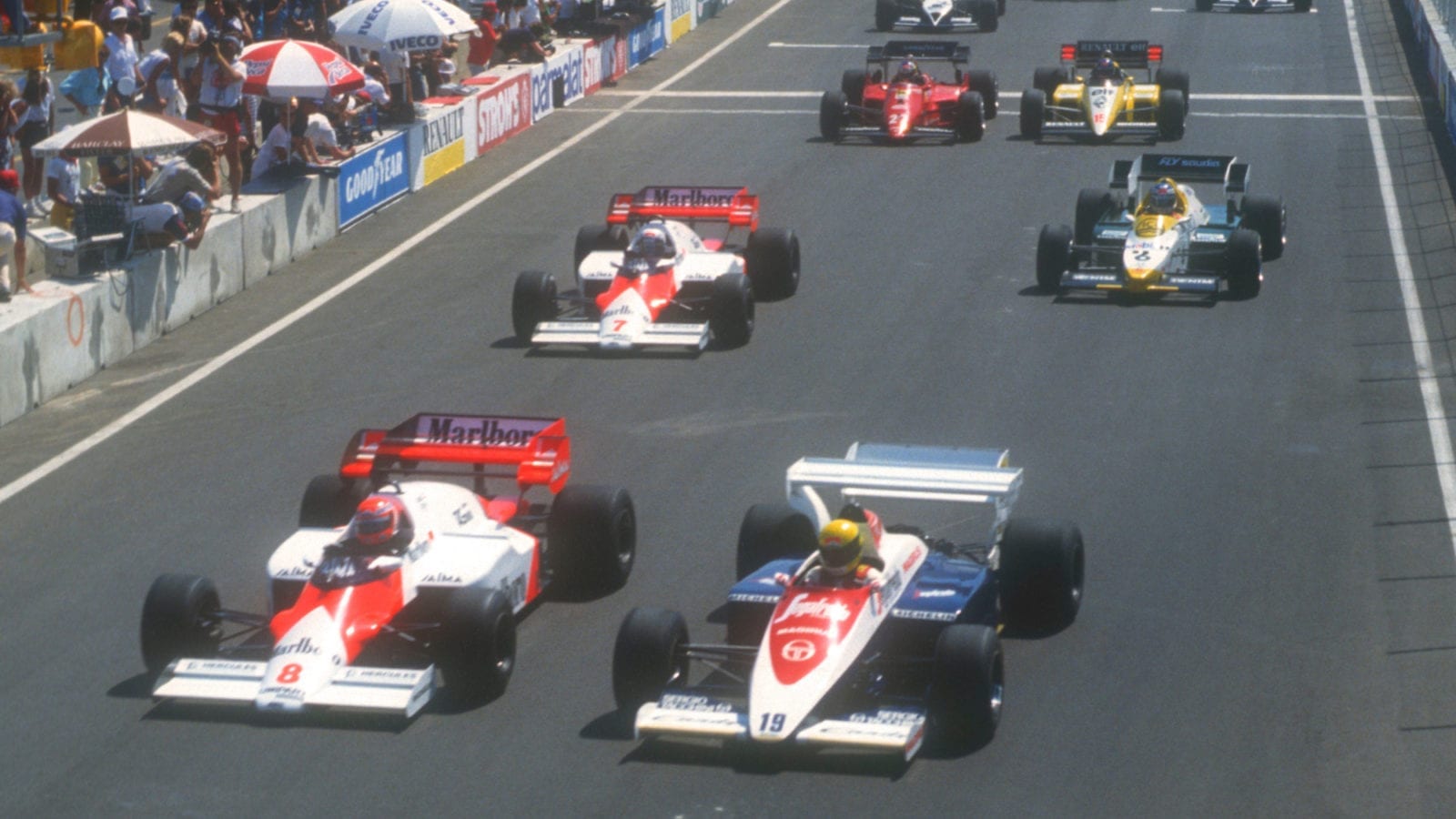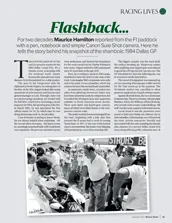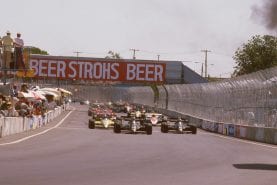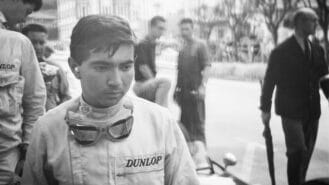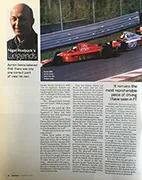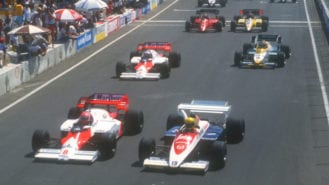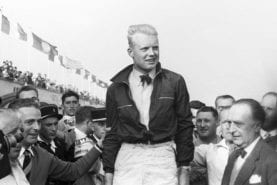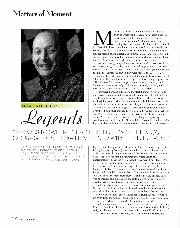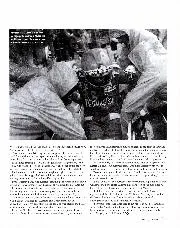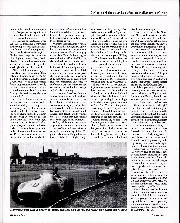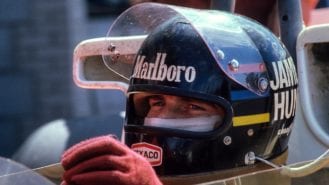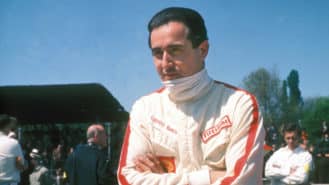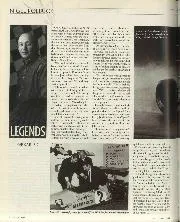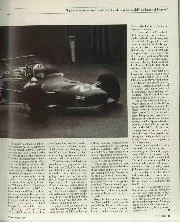It had been hot as hell at the Las Vegas races, but that had been an arid desert heat; summer in Texas meant crippling humidity, but suggestions were ignored that the race should be scheduled later in the year. Keeping the cars that side of the water, following the Montreal and Detroit races, made sense financially, so that was that.
The whole deal made sense financially, in fact. Why else would the race have been able to sidestep an FIA rule demanding that a new Grand Prix track should first stage a smaller meeting to prove its suitability? As in the case of Vegas, money spoke louder than rules.
Keke Rosberg squarely blamed the F1 establishment, rather than the Dallas organisers. “Of course there shouldn’t be races like this, out of the blue, but the fact is, we’re all whores, aren’t we? If the money’s right, we’ll turn up anywhere and do our stuff…”
Made up of roads at the tatty end of town, within the State Fair Park, the track was quicker by far than most ‘street’ circuits, and the run-off areas were anything but generous. There was, too, something of a clash of cultures. “Hold it there, boy!” a State Trooper hollered at Michele Alboreto, as he toured the track in a Ferrari 308. “There’s a limit of 20 right here! You wuz goin’ 30 at least…”
Almost to a man, the drivers were appalled by what they found, and at a press conference made their feelings plain. “In Formula One, it’s not only the engines that whine,” reported the Dallas Times Herald.
Out they went, on Thursday morning, to try the track, and soon they were saying it was even worse than they had suspected. “The only thing good about remarked it,” Prost, “is that suddenly Detroit is not so bad…” Elio de Angelis described it as, “A complete joke in every way.”
“At least we have some hope here, because the race will be a lottery.”
Not all condemned it, though. “Actually, I don’t think the bumps are as bad as at Detroit,” Rosberg said. “Driving here is not a pleasure, but I’m not too worried about the safety aspect.” And Derek Warwick, team leader at Renault, was quite upbeat: “It’s bloody dangerous, but as a track not had quite challenging, in fact.” Nigel Mansell, too, took a positive attitude: “It’s the toughest place I’ve ever been to, but we’ve got to make the best of it, haven’t we?”
People change, don’t they? Those many years ago here was Mansell looking on the bright side, and debutant Ayrton Senna by no means the perfectionist we were later to know. Simply not fit enough, Ayrton was quick in the Toleman-Hart, but 10 laps were enough to exhaust him. And imagine this: on Friday he went out to practise, put the brakes on at the first turn and found he couldn’t see anything, for his helmet had slipped over his eyes. In his eagerness to get going, he had forgotten to, tighten the strap.
Niki Lauda’s McLaren-TAG was fastest in that first, unofficial, session, and his time was to stand as the fastest of the weekend, for by the afternoon the temperature was up to 107, and the track surface was beginning to break up. “They always say that for a quick lap you have to be out at the right time,” Prost murmured.
